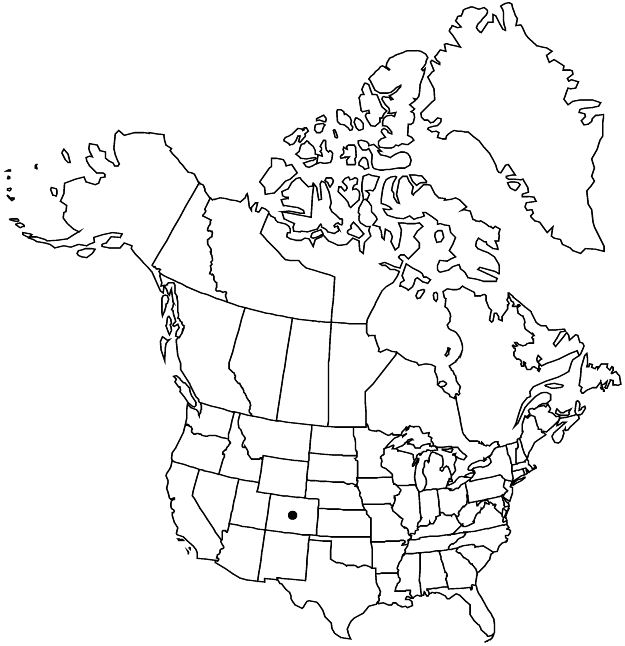Mentzelia chrysantha
Bull. U.S. Geol. Geogr. Surv. Territ. 2: 237. 1876.
Plants biennial, bushlike or candelabra-form. Stems solitary, erect, straight; branches distal or along entire stem, distal or proximal longest, antrorse, straight; hairy. Leaves: blade 38–113 × 8–20.5 (–25.2) mm, widest intersinus distance 5.4–12.8 mm; proximal oblanceolate, lanceolate, or elliptic, margins serrate to pinnate, teeth or lobes 14–22, slightly antrorse, 0.6–4.6 mm; distal elliptic or lanceolate, base not clasping, margins serrate to pinnate, teeth or lobes 6–22, slightly antrorse, 0.6–4 mm; abaxial surface with simple grappling-hook, complex grappling-hook, and needlelike trichomes, adaxial surface with simple grappling-hook and needlelike trichomes. Bracts: margins toothed. Flowers: petals light to golden yellow, 12.5–21.4 × 3.8–6.7 mm, apex acute to rounded, glabrous abaxially; stamens light to golden yellow, 5 outermost petaloid, filaments narrowly spatulate, slightly clawed, 11.5–18.6 × 2–5.8 mm, without anthers, second whorl with anthers; anthers straight after dehiscence, epidermis smooth; styles 8.1–13.1 mm. Capsules cupshaped to cylindric, 9.4–16 × 5.1–7.7 mm, base tapering, not longitudinally ridged. Seeds: coat anticlinal cell-walls sinuous, papillae 29–35 per cell. 2n = 20.
Phenology: Flowering Jul–Sep.
Habitat: Steep hillsides, washes, clayey soils, sometimes rich in gypsum.
Elevation: 1600–1900 m.
Discussion
Mentzelia chrysantha occurs in Custer and Fremont counties.
Selected References
None.
Lower Taxa
No values specified."longest" is not a number."not elongating" is not a number.
